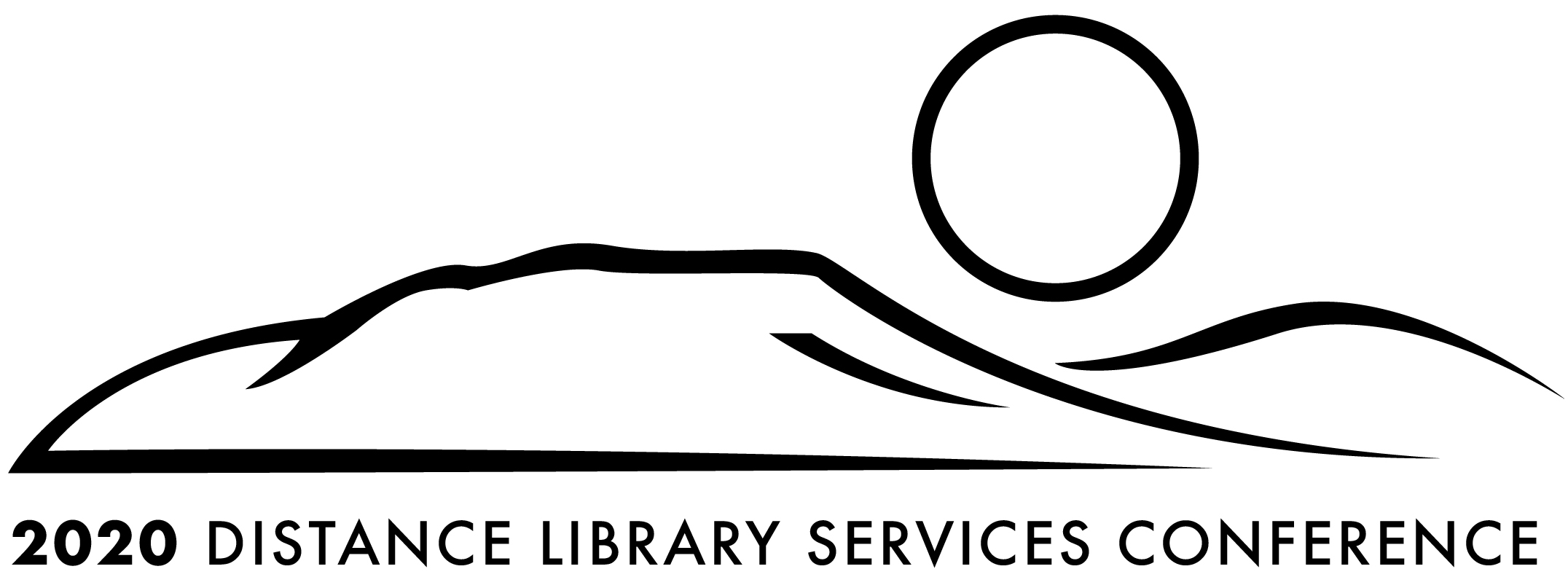Serving the Need: Engaging in Virtual Video Reference with Students
Session Format
In-person Full Paper Presentation
Conference Tracks
Outreach, Services, and Programs
Short Description
Wondering if virtual chat is always the best communication platform for a student’s information need? Our institution has robust virtual chat service but lacked programmatic online video reference. This presentation will provide a framework for virtual video reference at any institution, large or small. Presenters will discuss practical, evidence-based tips for establishing rapport with students using video, and how to determine when video may be an appropriate option for conducting a reference transaction. Situated in quality reference as a whole, the presenters will explore this model of serving distance and online students as a commitment to the access entitlement principle.
Long Description
Resident and distance students are contacting our library personnel more and more through the libraries’ virtual chat reference service. In the Fall 2018/Spring 2019 academic year alone, library personnel conducted 10,135 reference interactions via virtual chat. This patron behavior has helped inform the partial shift of our reference delivery model from face-to-face to virtual chat.
But is virtual chat always the best communication platform to address a student’s information need? Building upon the success of our robust virtual chat reference service, the presenters will focus on the development of best practices for providing virtual reference via video conferencing software platforms at any institution, large or small.
In the paper, the presenters will discuss practical tips for establishing rapport with students using this medium and how to determine when video may be an appropriate option for conducting a reference transaction. This practical approach will be supported with evidence-based research on serving online and distance students’ reference needs and will be situated into the idea of access entitlement and serving the needs of all of our patrons. Specifically, the presenters, both in positions that require supporting distance student populations, will contextualize the content by sharing their experiences with conducting virtual video reference. The presenters will also provide accessibility information and considerations about popular video conferencing software platforms, and ideas for how to assess video reference interactions.
The audience engagement strategies include the use of basic tools such as polling and small group discussions. For example, we will provide the audience with brief case examples that explore a student’s reference need and prompt the polling or small group discussion around what would be the best virtual reference model for that particular reference need.
Learning Objectives
- Attendees will be able to identify opportunities for the utilization of online video conferencing platforms to address specific information needs.
- Attendees will be able to explain the essential technological functions of videoconferencing and considerations that need to be made when conducting virtual video reference.
- Attendees will be able to evaluate various video conferencing platforms for virtual video reference use.
Serving the Need: Engaging in Virtual Video Reference with Students
Resident and distance students are contacting our library personnel more and more through the libraries’ virtual chat reference service. In the Fall 2018/Spring 2019 academic year alone, library personnel conducted 10,135 reference interactions via virtual chat. This patron behavior has helped inform the partial shift of our reference delivery model from face-to-face to virtual chat.
But is virtual chat always the best communication platform to address a student’s information need? Building upon the success of our robust virtual chat reference service, the presenters will focus on the development of best practices for providing virtual reference via video conferencing software platforms at any institution, large or small.
In the paper, the presenters will discuss practical tips for establishing rapport with students using this medium and how to determine when video may be an appropriate option for conducting a reference transaction. This practical approach will be supported with evidence-based research on serving online and distance students’ reference needs and will be situated into the idea of access entitlement and serving the needs of all of our patrons. Specifically, the presenters, both in positions that require supporting distance student populations, will contextualize the content by sharing their experiences with conducting virtual video reference. The presenters will also provide accessibility information and considerations about popular video conferencing software platforms, and ideas for how to assess video reference interactions.
The audience engagement strategies include the use of basic tools such as polling and small group discussions. For example, we will provide the audience with brief case examples that explore a student’s reference need and prompt the polling or small group discussion around what would be the best virtual reference model for that particular reference need.

